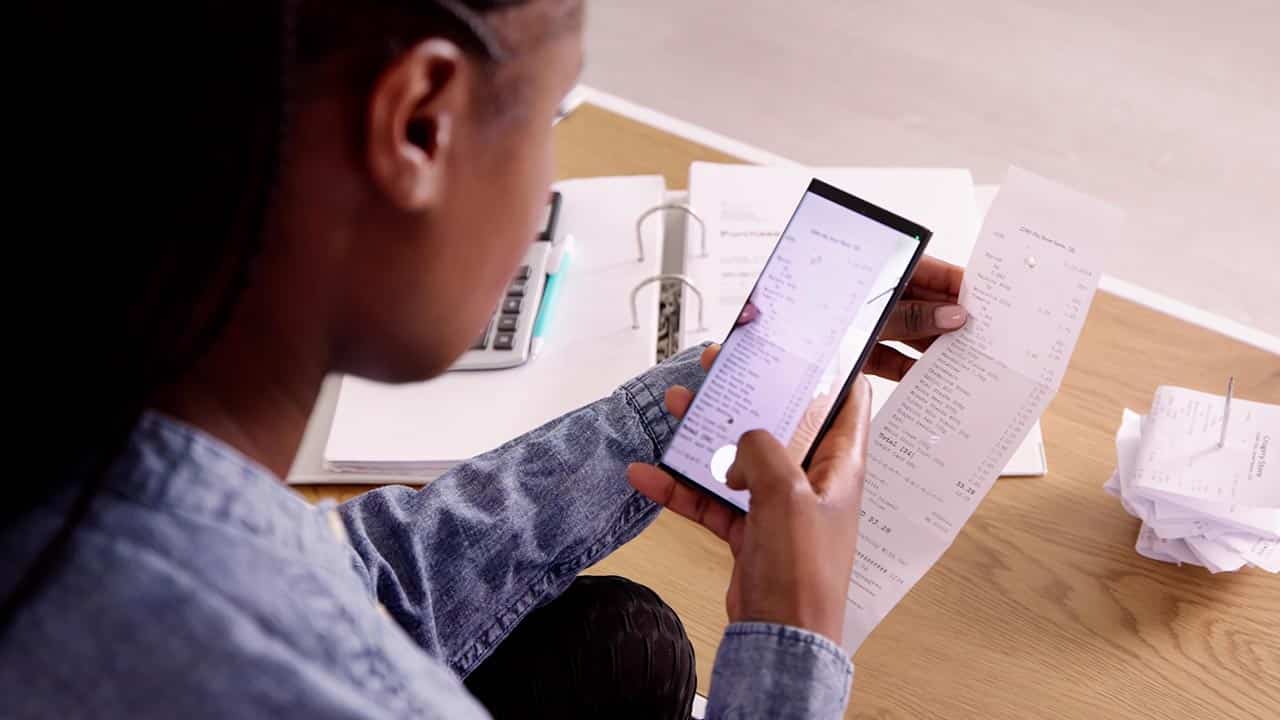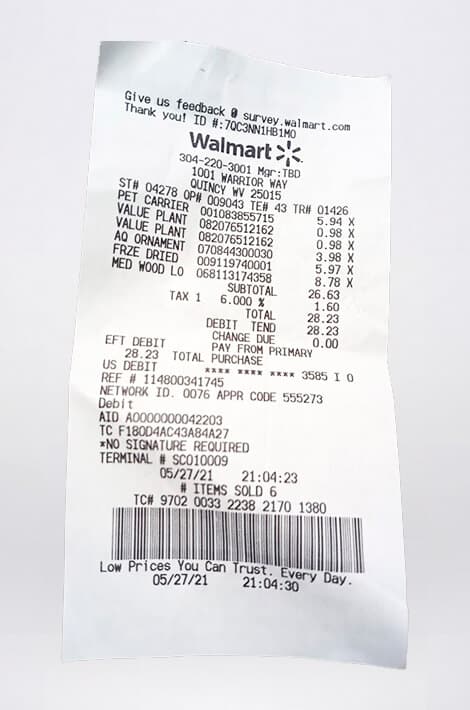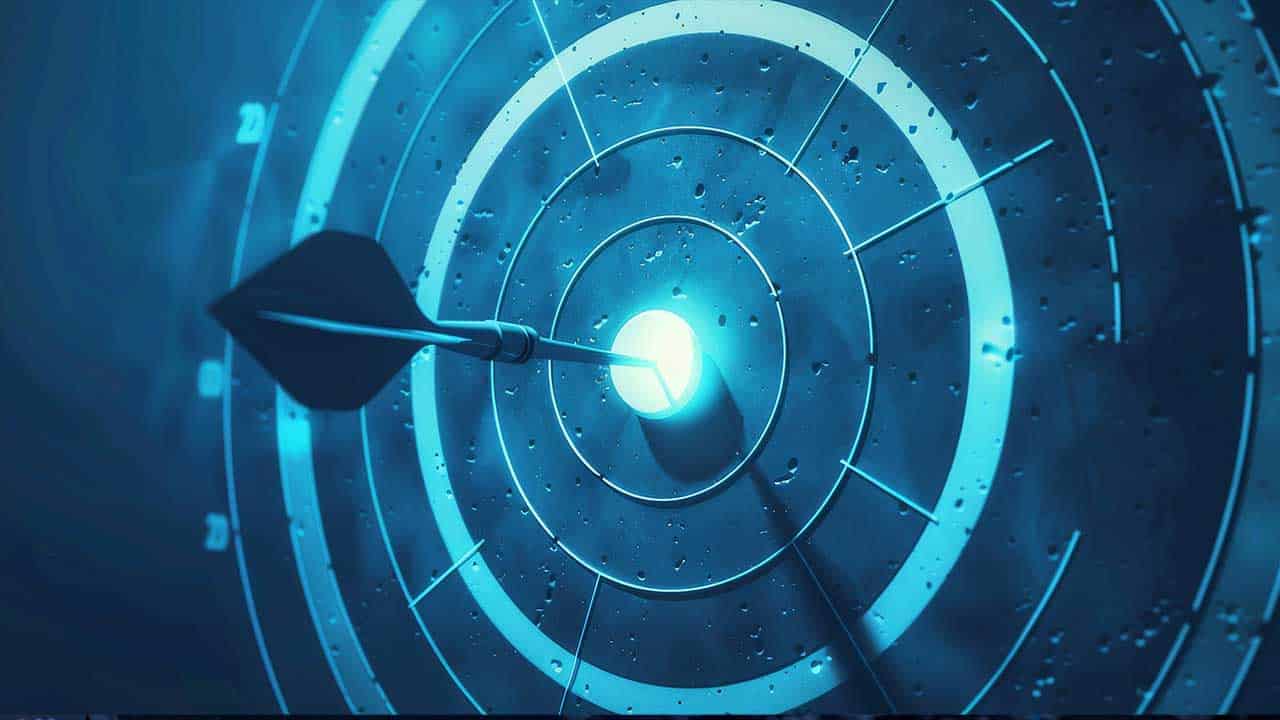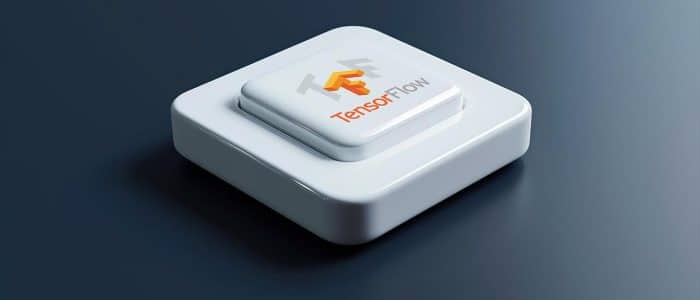Last Updated on May 5, 2025
In a world where digital transformation is reshaping industries, Optical Character Recognition (OCR) technology has emerged as a game-changer, particularly in automating tasks such as receipt processing. From scanning grocery store receipts to processing expense reports, OCR aims to eliminate manual data entry and improve efficiency. But how accurate is this technology in practice?
How Accurate Is Receipt OCR Technology? The Promise of Precision
Receipt OCR technology operates by extracting textual information from scanned or photographed images of receipts. Modern systems, powered by machine learning and artificial intelligence, promise near-perfect accuracy, even in challenging conditions like poor lighting, creased paper, or varying font styles. Leading solutions boast accuracy rates of 90% or higher, with some claiming upwards of 95% for high-quality scans.
Accuracy is measured in two primary ways: character-level accuracy, which assesses how well individual letters and numbers are recognized, and field-level accuracy, which evaluates whether the correct data, such as item prices or tax amounts, is extracted from specific fields on the receipt.

Challenges in Real-World Scenarios
Despite the high benchmarks claimed by developers, the real-world performance of receipt OCR can vary significantly. Factors such as the quality of the receipt, the type of font used, and even the receipt’s layout can impact accuracy. Smudged ink, faded text, and handwritten notes present significant hurdles. Similarly, non-standardized layouts—common among smaller businesses—pose additional challenges for OCR systems that rely on pre-trained models.
Another common issue is misclassification. For instance, a system might misread a “3” as an “8” or confuse a total amount with a subtotal. These errors, though minor in isolation, can have cumulative consequences, especially in financial reporting or tax audits.
The Role of AI and Machine Learning in Receipt OCR
Machine learning algorithms have significantly improved the accuracy of OCR processingfreceipts by enabling systems to “learn” from past errors. Through supervised training, where datasets containing labeled receipt images are fed into the system, OCR technology becomes better at recognizing patterns and anomalies.
For instance, AI can discern contextual clues to determine whether a particular string of numbers represents a price, a quantity, or a date. Moreover, advancements in natural language processing allow systems to handle multi-language receipts or even identify vendor names from logos.

Testing the Receipt OCR Accuracy Claims
Independent studies and field tests have provided a mixed picture of receipt OCR’s reliability. In controlled environments, where high-resolution scans of standardized receipts are used, accuracy often exceeds 95%. However, in less controlled settings, such as receipts photographed with mobile phones, accuracy rates may drop to 80-85%, depending on the complexity of the receipt.
Experts recommend adopting a hybrid approach for critical tasks, where OCR technology is supplemented by human verification. This ensures that errors in sensitive fields, such as tax calculations or itemized totals, can be caught and corrected.
The Future of Receipt OCR Processing
The future looks bright for OCR as technology continues to evolve. Emerging trends such as edge computing, where receipt OCR processing occurs directly on mobile devices, promise faster and more secure operations. Meanwhile, cloud-based solutions are leveraging ever-larger datasets to improve accuracy.
Researchers are also exploring advanced neural networks that can better interpret non-standard layouts and integrate contextual understanding. As these innovations gain traction, it is likely that the gap between advertised and real-world accuracy will narrow further. The most accurate receipt OCR is the best one to use.

Conclusion
Receipt OCR technology has made remarkable strides, transforming the way businesses and individuals handle financial documentation. While not infallible, its accuracy is improving steadily, driven by advancements in AI and machine learning. For now, businesses should carefully evaluate their specific needs and consider hybrid solutions to maximize efficiency and reliability. With continuous refinement, receipt OCR may soon deliver on its promise of seamless, error-free automation—a true hallmark of the digital age.





